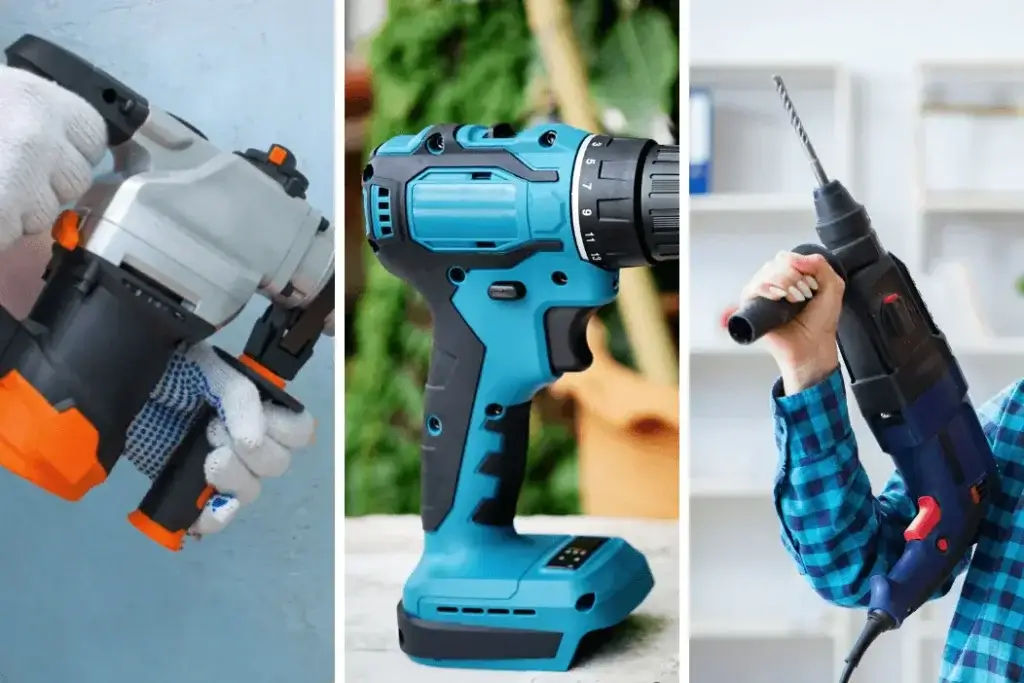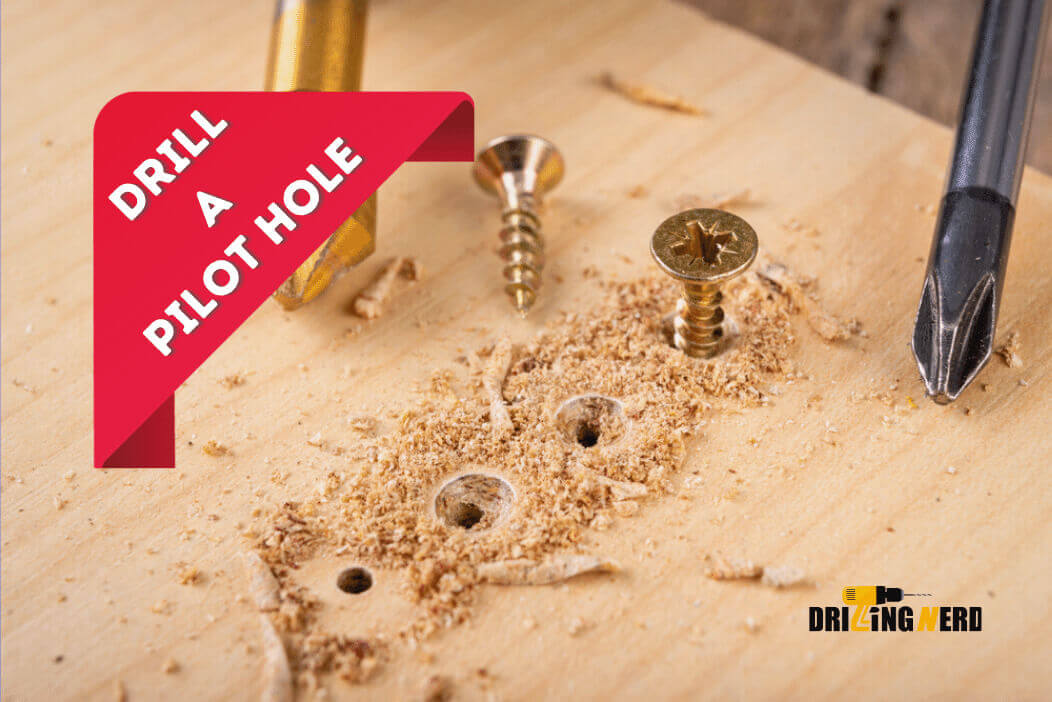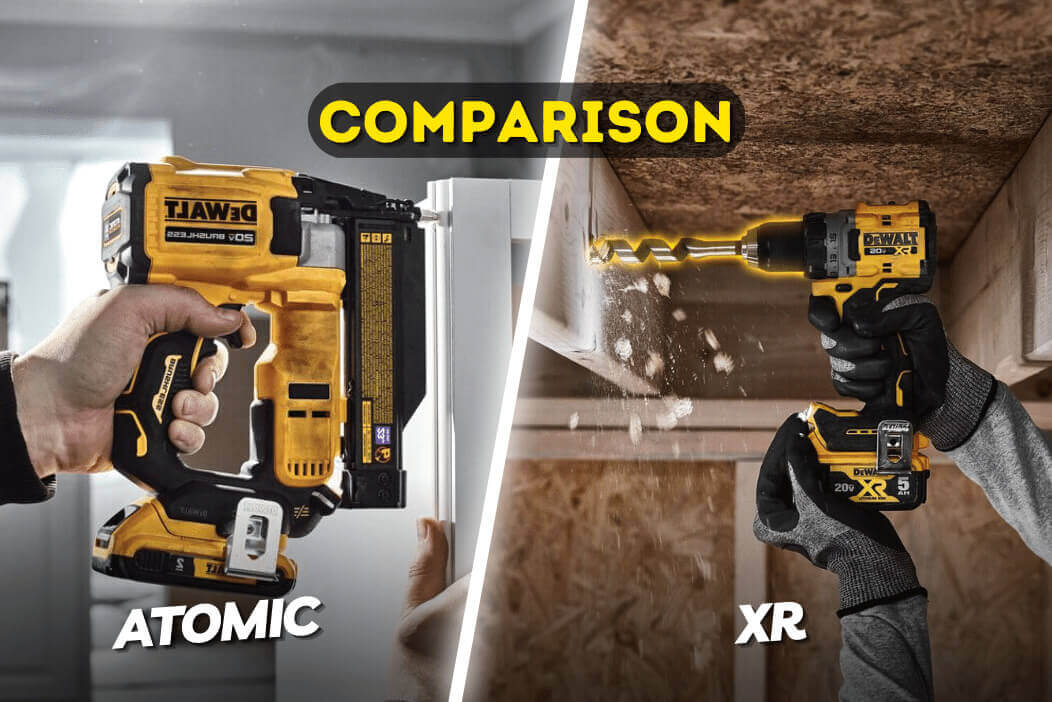Nowadays, stucco material is viral. Stucco material is comparatively cost-effective and requires low maintenance. Drilling into the stucco wall without prior knowledge of equipment will damage the stucco wall.
For your information, keep in mind that drilling is relatively easy; you only need confidence and the right equipment. You only need a powerful drill and masonry bit or carbide hole cutter.
This blog will let you know how to drill into a stucco house. Keep reading to enhance your skills and knowledge regarding Stucco and drilling in stucco houses.
What is Stucco?

Stucco is the adhesive plaster mixture that is used to harden the surface. It is a mixture of water, lime, cement, and sand. It works the same as cement. The texture it gives is like the concrete. This material is considered for coating walls and providing a great artistic look to your house.
Comparing synthetic stucco and traditional stucco, traditional stucco is more long-lasting. In extreme weather conditions, synthetic stucco is a great choice.
Can we Drill into Stucco?
The answer is yes; we can drill into Stucco but with the right equipment. Choose the drilling machine and drill bits if you need to drill into a stucco wall.
How to Drill into the Stucco Wall?
Step-By-Step Guide:

As explained above, Stucco is the adhesive plaster to make the surface durable and robust. Drilling is challenging for the worker to drill into the stucco wall. Minor negligence can cause cracks in your stucco wall. Little by little, I’ll be explaining how to drill into Stucco. Do keep on reading for tips and tricks.
- First step is to collect the relevant equipment to drill into the stucco wall.
- You need masonry bits, a drilling machine, electric power, or a drilling machine with batteries, measuring tape, and a pencil.
- Identify the hole size to choose a masonry bit or carbide cutter.
- For instance, if you need to drill in the center of the wall, then you need to identify the accurate center with your measuring tape and mark the point with your pencil.
- For small holes, you need a masonry bit; for larger holes, you need a carbide cutter; equip a masonry bit or carbide cutter accordingly into your drill.
- Give power to your drill by plugging it into an electric socket.
- Now, put your drill on the point marked with your pencil and press the drill button to start drilling.
While drilling, ensure you are standing on a flat and comfortable surface to maintain your body balance. This is because you also need to exert some force on the drill.
You need to clean the hole to remove the dust by blowing it. After cleaning the hole, insert the plastic wallboard anchor. It would be best if you used an anchor according to the weight you need to put upon. Now put the screw in it, and your work is done.
What Kind of Drill Can I Use?
A hammer drill can be used for drilling into stucco houses. Considerably it is very powerful to drill into stucco walls. It consists of both rotatory and hammer movements. It would be best if you had the masonry drill bit to drill into the stucco wall. It will drill very decently. You can choose the bit size accordingly to your desired hole size.
Types of Drills:

There are many types of drills which include electric drills and manual drills. Typical functions of drills are adjusting the drilling power and selecting bits. Different types of drills are given below.
Hammer drills: The hammer drill is very powerful. The hammer drill is excellent for drilling into concrete, metal, and stone blocks since it has rotatory and hammer movements.
Cordless drills: This type of drill is very light in weight if we compare it with other drills. This drill comes with a battery. It is a battery-driven drill and can adjust the drill power manually, whereas this drill cannot be used on concrete or hard surfaces.
Corded drills: This type of drill requires electric power. It is considered convenient as it has a pistol-type grip. This type of drill is more powerful than a cordless drill and produces much more torque than a cordless drill.
Types of Drill Bits:

There are lots of drill bits we use for drilling. We mainly use masonry bits or carbide hole cutters to drill into the stucco exterior. These are primarily used at homes; there are many more bits for commercial purposes.
Masonry bits: Masonry bits are used to drill into concrete and bricks. Masonry bits have a pointed head, the same as the pointed diamond. It has spirals on its body which helps remove the debris from the hole. This bit is made of steel-type material and is most often used for domestic purposes. Masonry bits are used for small holes. Its size varies from 3*10mm up to 9*120mm. These are the sizes that are used more often.
Carbide hole cutter: Carbide drill has extraordinary drilling speed and longer tool life. This is one of the best for drilling in steel. Steel is used in stucco houses and for concrete walls and roofs. Its size varies from 19mm to 127mm.
Can we use Hooks in Stucco?
The hooks can be used in Stucco to hang lightweight objects. If you need to hang heavy objects, you must put the screw into Stucco. On the other hand, the adhesive hooks will only work if the Stucco is textured or has an artistic finish. Heavy items must constantly be screwed into the surface if they are to be hung on the wall. Hammering nails and other fasteners are likely to result in damage.
Can we Nail into Stucco?
If we consider nailing into stucco walls or screwing into Stucco, the screw into Stucco is preferable. Nails can also be used in stucco walls but should be high-end steel nails. If you want neatness, perfection, and a unique look, you must drill screws into Stucco. Nails are not considered well as they are not removable; if removed, they will damage your stucco wall. Screws can be tightened and removed effectively and efficiently. Hammering nails will probably result in damage to the stucco wall.
Frequently Asked Questions:
Bottom Line:
Now that you know the steps to safely and effectively drill into a ceiling, you can start tackling your next project with confidence. Make sure to check for wires and pipes before any drilling, and wear proper safety equipment. Drilling into a ceiling with the right tools and knowledge is relatively simple. Enjoy your newly improved space!









